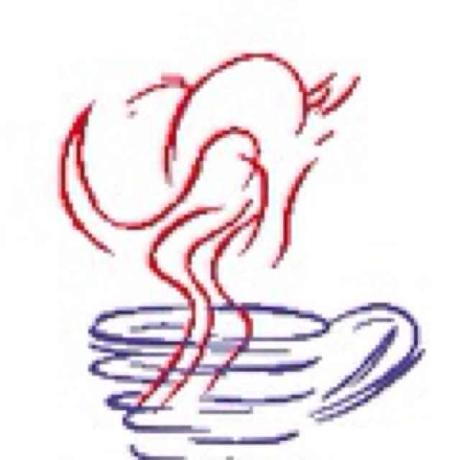Distributed Systems Practice Notes
Docker and Containers - More Insights on Kubernetes
November 04, 2018
Discover more insights on Kubernetes
Learning Outcomes
- Kubernetes as a platform
- Desired state management eliminates the need for orchestration
- Kubernetes Components
- Kubernetes Objects
Kubernetes as a platform
Kubernetes is more than an orchestration system (Docker Swarm), it can be thought of as:
- a container platform
- a microservices platform
- a portable cloud platform and a lot more
Desired state management eliminates the need for orchestration
The technical definition of orchestration is execution of a defined workflow: first do A, then B, then C. In contrast, Kubernetes is comprised of a set of independent, composable control processes that continuously drive the current state towards the provided desired state. It shouldn’t matter how you get from A to C. Centralized control is also not required.
Kubernetes Components
-
Master Components (cluster’s control plane)
- kube-apiserver
- etcd
- kube-scheduler
- kube-controller-manager
- cloud-controller-manager
Master components make global decisions about the cluster (for example, scheduling), detect and respond to cluster events. Usually master nodes do not host user containers.
-
Node Components
- kubelet
- kube-proxy
- Container Runtime
Node components run on every node, maintaining running pods and providing the Kubernetes runtime environment.
-
Addons
- Cluster DNS
- Web UI (Dashboard)
- Container Resource Monitoring
- Cluster-level Logging
Addons are pods and services that implement cluster features. The pods may be managed by Deployments, ReplicationControllers, and so on.
Kubernetes Objects
Kubernetes Objects are persistent entities that represent the state of your cluster. By creating an object, you’re effectively telling the Kubernetes system what you want your cluster’s workload to look like, in another word, your cluster’s desired state.
- Object Spec and Status
Object spec describes your desired state for the object, which is the characteristics that you want the object to have. Object status describes the actual state of the object, which is supplied and managed by the Kubernetes Control Plane to match the desired state you supplied in spec.
- Describing a Kubernetes Object
Most often, Kubernetes object is described in a YAML file, and created via kubectl which converts the YAML file to JSON when making API requests to Kubernetes system.
kubectl create -f https://k8s.io/examples/application/deployment.yaml --recordOfficial Links

Written by Warren who studies distributed systems at George Washington University. You might wanna follow him on Github